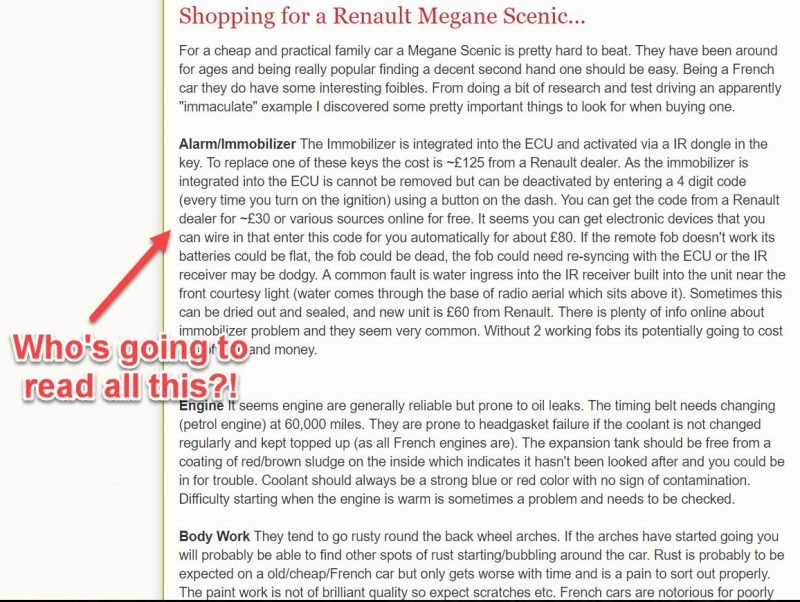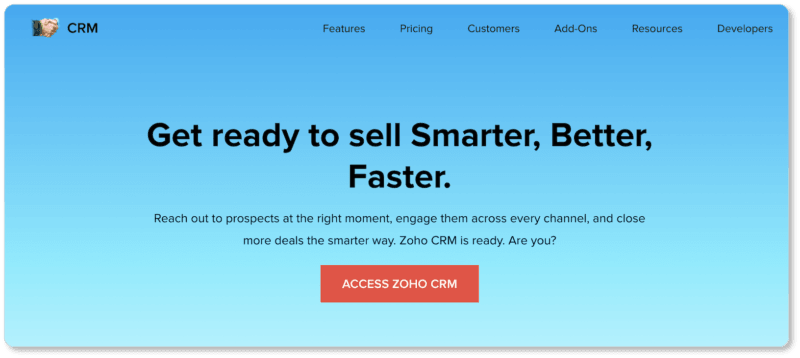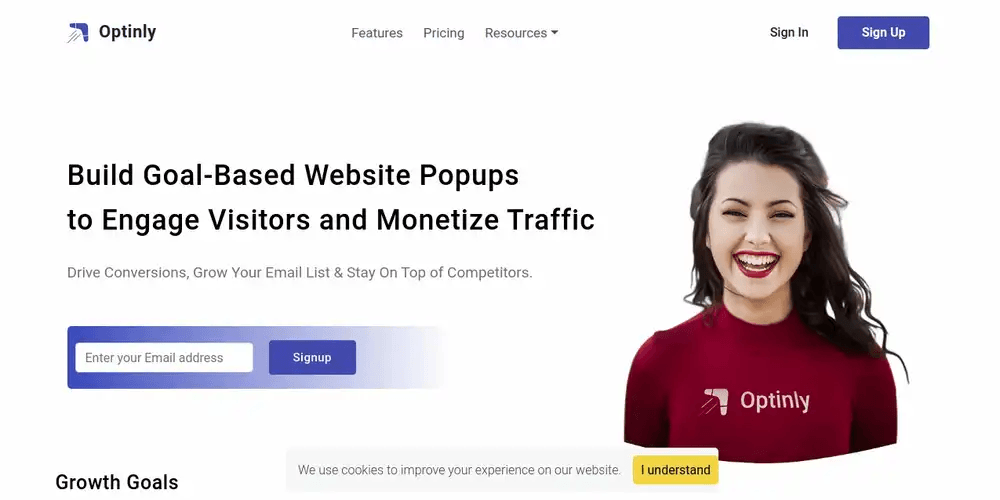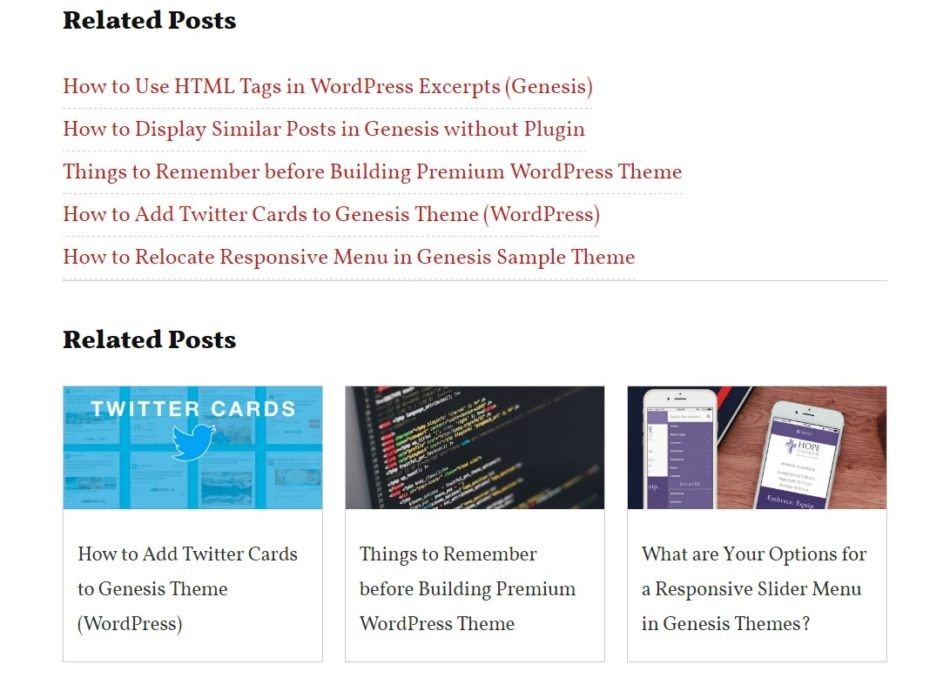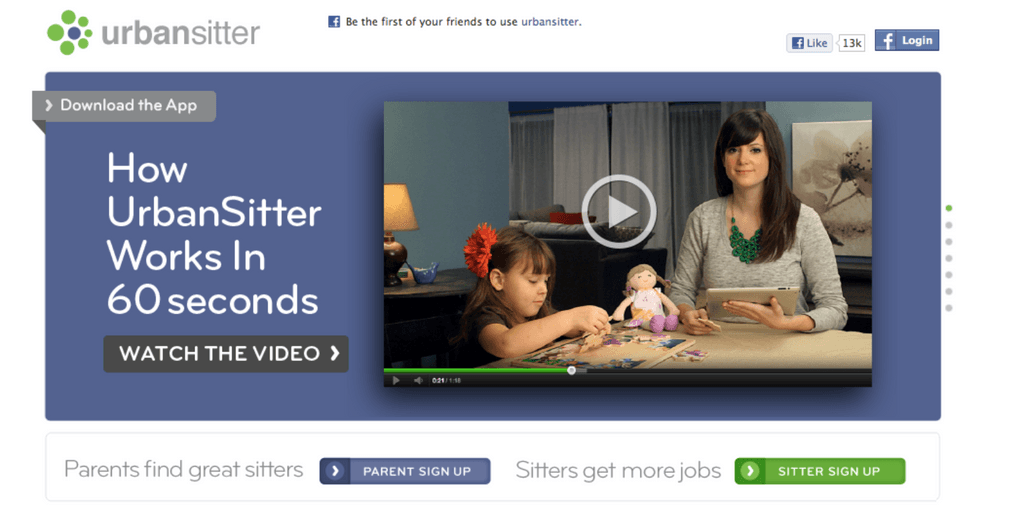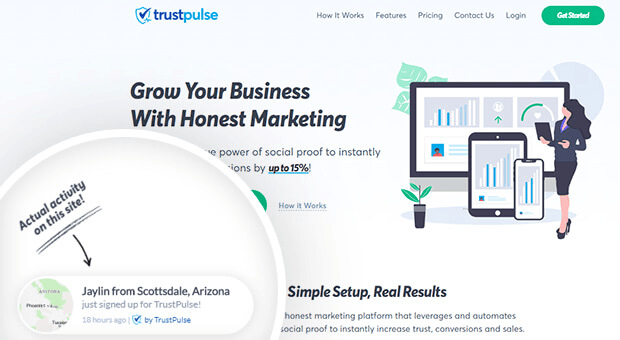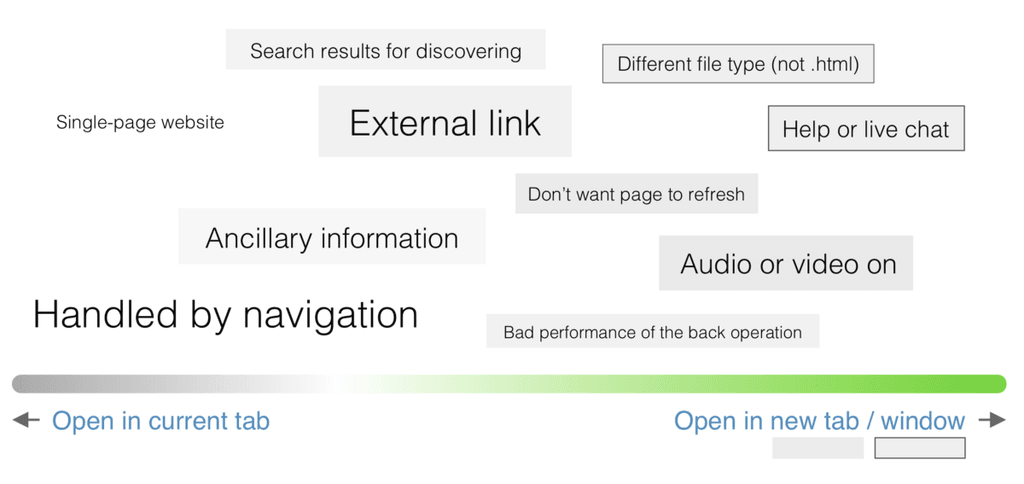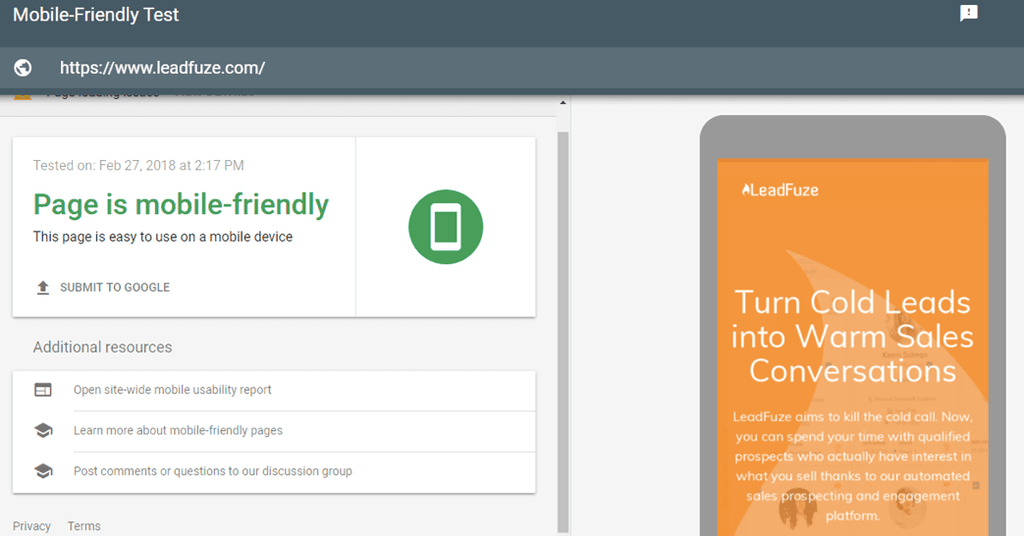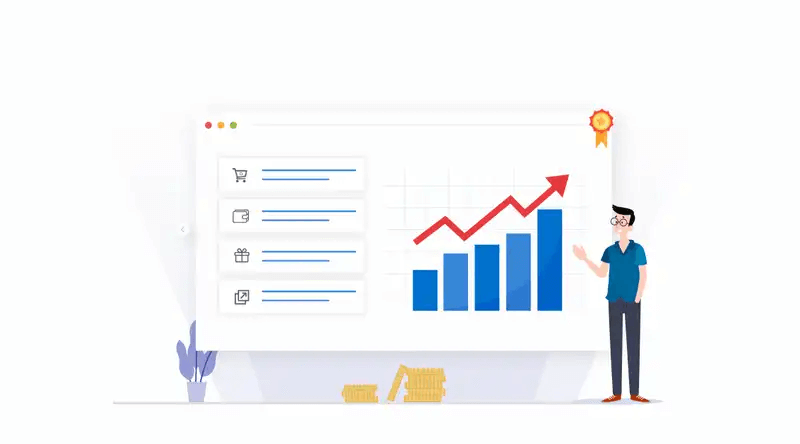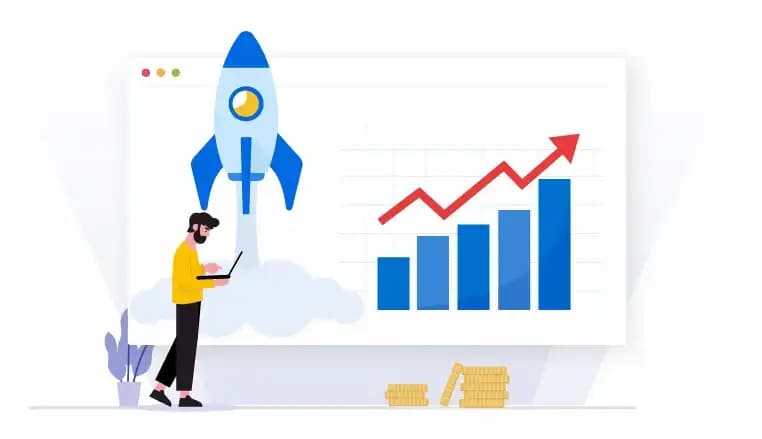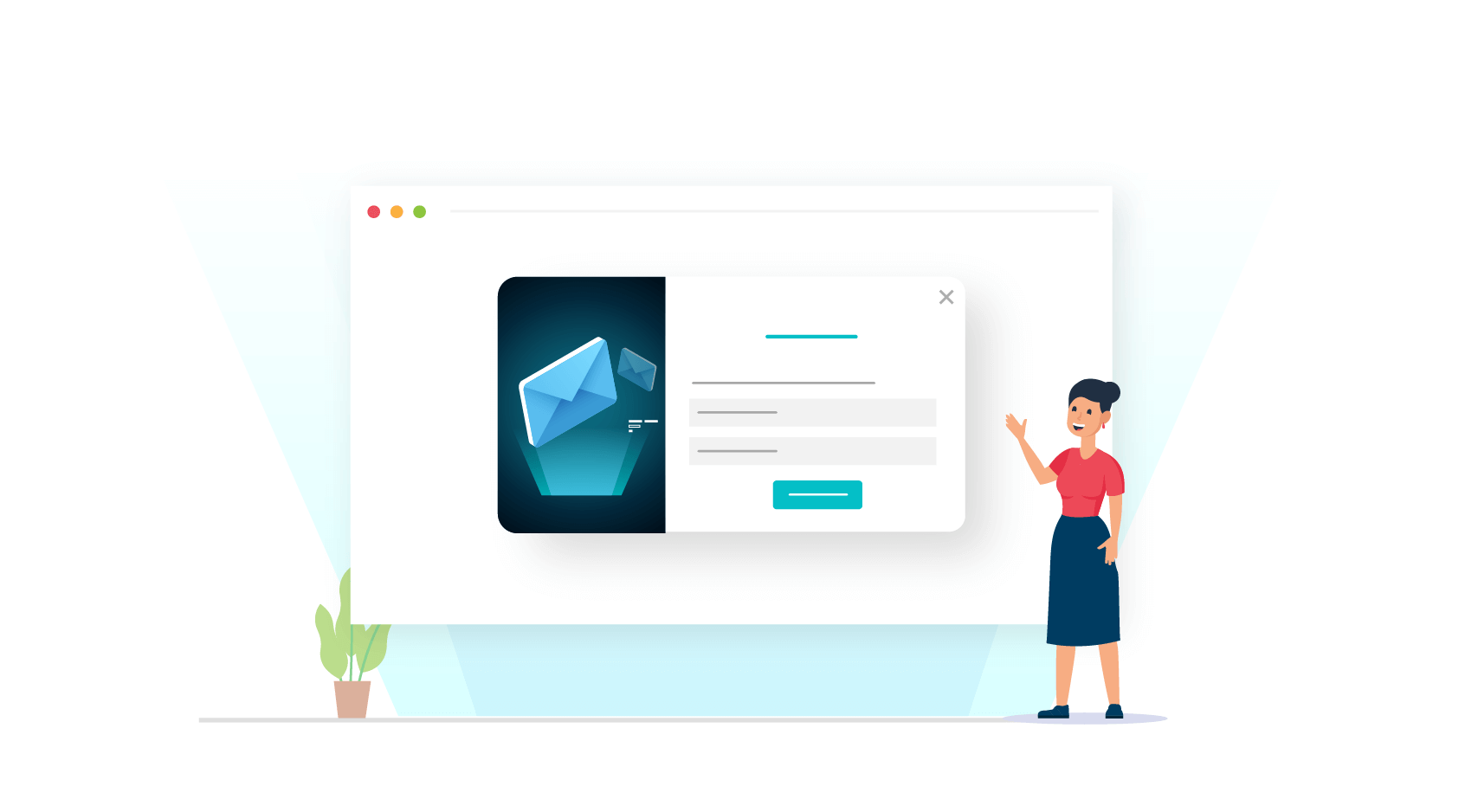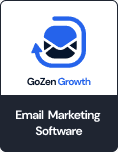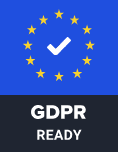Bounce rate! It is one of the most important barometers to take into account. Even so, it is also known as the most misunderstood metrics.
Google’s definition creates more questions than it answers. You can see this phrase “A bounce is a single-page session on your site” in Google.
Still, it seems critical to keep your bounce rate in check. A less bounce rate in your site means increased engagement. On the contrary, when there is low engagement, the bounce rate seems to be at a peak. The page views do not matter here. When the page views go in vain, it reflects in the increased bounce rate.
A very high bounce rate indicates the problem with your site, poor user experience, low relevance, and something that makes users leave the site all of a sudden they enter in.
What is a bounce rate and why should you care about it?
To make things clear, let us consider a scenario.
You are walking into a store to buy cosmetics. When you enter the store, due to some misthoughts, you are taking your steps back.
You have not interacted with any store products nor bought any products.
The number of people who add to your list with the same scenario leads to the increased bounce rate to the store.
The same goes for the website. The bounce happens when the user lands on the irrelevant page or when he/she does not get attracted to the website on their first look. In other terms, the bounce is the factor when the visitor enters your website and leaves without any engagement.
The bounce rate can be triggered due to the enlisted factors.
- Returning to search results
- Closing the browsers
- New address bar entry in the same tab
- Staying inactive
- Viewing the site without any interaction
So, the bounce rate resembles the silent spy that insists you to focus more on your site’s engagement when the ratio seems high.
Having close attention to your bounce rate helps you to have a healthy website and sound profit margin. Companies have to focus on keeping their bounce rate low in order to get huge interaction among their visitors.
Why is that?
You can drive millions of visitors to your website. But, what if all your visitors visit and just bounce back within seconds?
In other terms, a bounced visitor never converts is a myth. You can make attentive actions to bring them back to your site in convincing norms. According to stablewp.com, no visitor wants to wait more than a split second for your site to load. Poor user experience such as slow loading speeds can occur and cause many people to bounce back. Having close attention towards the bounce rate always saves your site from disappearing in the search results.
Ways to reduce the bounce rate in your website
A high bounce rate potentially hinders your site’s success rate. It is critical to analyze the different areas of your site and pinpoint what has been causing the problem.
Once you dive into the factors that have been causing a high bounce rate, it will become easier to reduce it too. There are many actionable ways to reduce your bounce rate and keep your audience engaged in your site. Take a look at it and boost your conversions with a reduced bounce rate.
Improve your content readability
Among many reasons, one of the prime reasons for the customers to leave your site is due to readability insufficiency. User experience begins when your content becomes readable and legible. Specifically, large chunks of text scare the readers away. Try to avoid them.
You might have come across many companies using great content and lousy formatting. It results in a higher bounce rate and a faster exit rate. Consequently, when the customers do not get to the merits of the content. It does not create a good user experience. It is necessary to stick towards the easy-to-read format.
Keep a note about the following tips to get more lights to your site and make the content readable.
- Use sub-headings to throw more light on the topic
- Use bullet points to explain benefits or points worth noting
- Use plenty of charts, images, screenshots, and quotes from experts
- Bold keywords
- Use the question and answer section to attract the users
- End your content with a conclusion part
Every WordPress theme allows you to easily format the content for the ideal user experience and mitigate a high bounce rate.
Having compelling CTA
Every page on your site must have a clear and convincing call-to-action. No matter if it is your home page or landing page, it is necessary to direct the visitors about their next move.
Obviously, the actual statistics are staggering. 70% of SMB websites lack a call-to-action. And that has become the big reason why small business websites have high website bounce rates.
Now, you might know why it is necessary to focus on CTAs. it becomes easy for the visitor to spot it in 3 seconds or less. Before keeping your legs into creating the CTAs, glance here.
- Be prominent to place your CTA in the right field
- Stand out and use contrasting colors and bold them
- Be relevant to take the next logical step
- Be clear with action check what is going to happen once they click it
And, keep an eye at the CTAs. Do not confuse them with compelling and multiple CTAs. Many options will make the users hard to decide when they pick. At times, the users may leave the site without picking any CTAs.
Use exit-intent popups
As known earlier, popups are a very effective conversion optimization tool. It is one of the essential parts of your list building strategy.
But, relying too much on this tactic will give negative implications. Too many popups will disrupt the user experience. Many users do not want to deal with distracting popups. It is especially true for welcome mats that take over the entire screen. And, it would become too difficult to close or dismiss the popup. Users would become likely to bounce.
The same goes for aggressive language. As effective lead generation has been relying on the use of popup forms, it is necessary not to be too intrusive. Many plugins like Optinly allow you to add exit-intent popups. In this way, you can get the best of both sides. You can collect lead information in a non-intrusive way and attract your users to have a distraction-free experience.
Boost your site’s speed
Your site’s loading speed seems to be the most important factor in the users’ expectation list. It is necessary to have a loading page speed of around 2 seconds or less. Otherwise, there are high chances of getting a high bounce rate for your website.
It is better to check out your hosting through Hooshosting to take further action. Otherwise, there are high chances of getting a high bounce rate for your website.
The longer visitors will wait for your page and there are more likely for them to bounce back. Slow websites are also in danger of losing conversions. Google also pushes slow performing websites deep down into the search rankings. The loading speed seems critical to the user experience. So, make sure you have been focusing on your site’s speed in order to reduce the bounce rate.
Translate your site for international traffic
If you have been servicing international audiences, then do not forget to satisfy them too. Having a site in only one language may not suffice them. Despite the vast popularity, why not concentrate in translating the site into multiple languages.
Some visitors might prefer to have a localized version of your website in their native language. Countries like North America prefer to visit sites under their language. For example, Canadians have two official languages English and French. If you want to target the entire population, you would better have a website version for each.
Offering your site in different languages based on user location would surely fire-way in reducing the bounce rate for your website.
Add related content/posts
Adding related posts will help you to reduce your bounce rate. With related posts, visitors will discover more of your content easily and browse more pages on your site.
You can also try one among the traditional ways thereby showing the related posts in the sidebar widget of your website.
In order to get the best user experience, it is necessary to place some suggested posts at the bottom of the post. It makes sense and makes the user interact with the post. Placing related posts in the sidebar will help you to reduce the bounce rate. The user might become overwhelmed and confused if they are supposed to read the article. You can use this strategy for the blogs and for your website content too.
Use videos to engage your visitors
Videos are highly engaging and grab attention when compared to texts or images. You can use a fullscreen video as a background or add it to your CTA. It reduces the website bounce rate improvement.
Using video on your website helps you to engage your visitors. As a result, you will get a reduced bounce rate. Videos are powerful that increase brand visibility too. You can use animations, music, audio, narration, colors, and other different forms of persuasion tools.
Show your credibility
Consumers have been getting smarter every day. After the initial assessment of your product, consumers quickly look around to find out how reliable your site is.
It is not easy to trust a new business with your money or information. A new user does not know how good your business is and what kind of reputation you have earned. When you display the glowing reviews of your product, it increases your brand visibility.
Necessarily you can also display your awards, endorsements, certifications, quality scores, and industry affiliations. Make your website more secure and display the safety seals. Make your customers feel comfortable and make them trust your brand.
Set external links to open in new tab
While we are at the subject of the links, you can reduce your bounce rate through external links. Having external links to open in a new tab is a good practice. However, for optimal user experience, you want to open those links in a new tab.
If a user clicks in an outbound link in your content, then clicks a couple of times more, then it may take essentially four steps away from your site. Now, if the user decides to return to your page, they might have clicked on the “back” button four times.
It leads to the scenario named back button fatigue. It happens when the users have to click on the back button too many times and thus it becomes a frustrating response from the users who decide to bounce back.
Optimize your site for mobile
Mobile traffic is important. Over 57% of all internet traffic came from mobile devices. And these numbers have also been growing. If you detect a high bounce rate from mobile devices, then it might be a red flag for your website. And, it showcases that your site is not mobile-friendly. To confirm it in this way, it is necessary to use mobile-friendly test tools available online.
If your mobile is not mobile-friendly, then it is time to optimize it. Luckily, if you are a WordPress user, then it is not a big deal. Make sure you have been using a responsive WP theme.
Time to reduce your website’s bounce rate
The bounce rate is a key metric as it tells you much about the interaction rate of your site. Keep a constant eye on your bounce rate improvement to make sure you keep it in check.
Too many bounces can impede your conversions and sometimes affect your SEO too. Though you have a higher bounce rate, try out the necessary and proven tips that usually change your negative connotation into a positive one.
To get more precise information, make sure to cross-refer your bounce rate, and implement the ways. When you wish to increase the “time-spent” metrics on your website, try out the proven tricks to reduce the bounce rate and improve your customers’ trust and comfortability on your website.
FAQs
What is a good bounce rate?
Usually aiming at a website bounce rate of under 40% seems amazing. Between 40% to 55% is okay. When you get 55% to 65%, it shows you need a significant room for improvement. If your bounce rate is above 90% or below 20%, it often indicates a tracking or code installation error.
How to calculate the bounce rate on my website?
You can calculate the bounce rate of your website using the below formula
Bounce Rate = Total number of single-page sessions / Total number of entrances on the page.
What is the good bounce rate for an eCommerce website?
A good bounce rate for an eCommerce website like Shopify prevails in the range of 26 to 40 percent. 41 to 55 percent is roughly average. And, 56 to 70 percent is higher than average. Anything over 70 percent is disappointing.
What is the difference between bounce rate and drop off?
The exit rate or drop off is often confused with the bounce rate. They both measure the percentage of sessions that ended on a page. The key difference between them is that the exit rate applies to both single page and multi-page sessions.
How to reduce the email bounce rate?
You can reduce the email bounce rate through the enlisted ways. They are,
- Clean lists
- Monitor bounce rates and working on it
- Use authentication
- Build sender reputation

